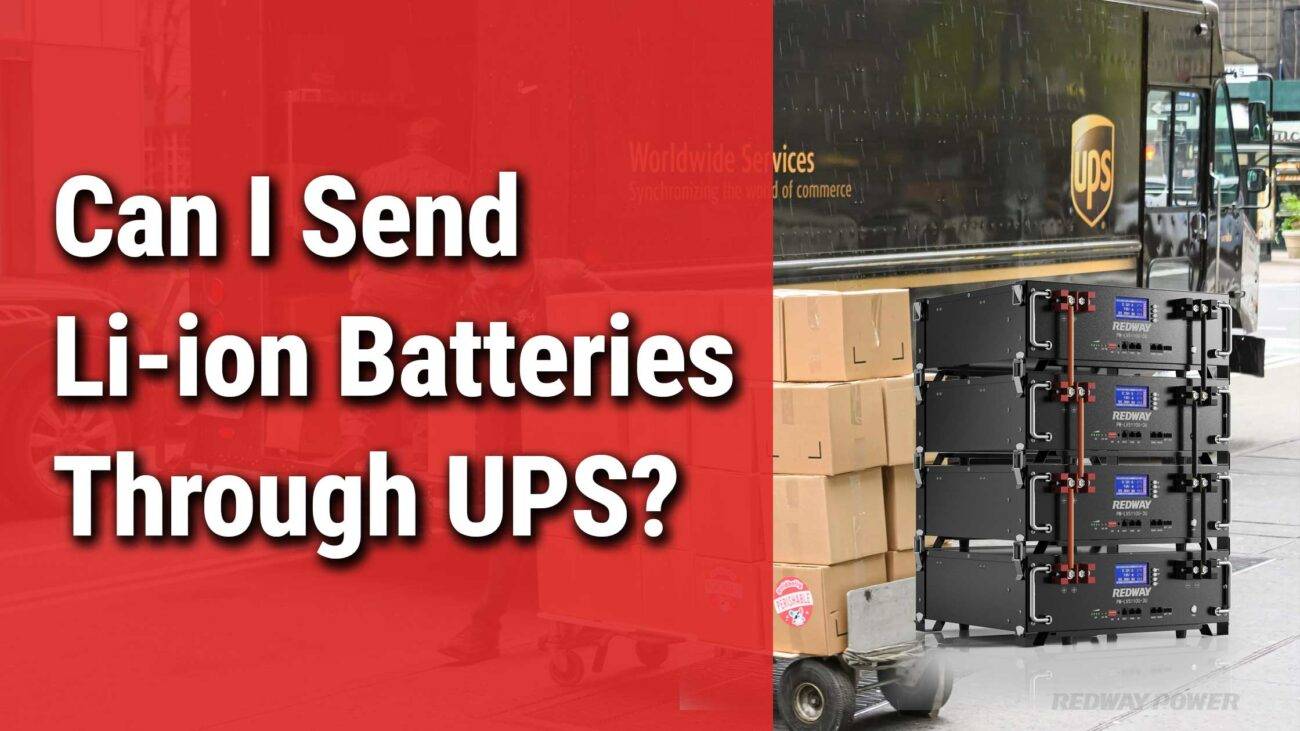- Lithium Golf Cart Battery
- Forklift Lithium Battery
-
48V
- 48V 210Ah
- 48V 300Ah
- 48V 420Ah (949 x 349 x 569 mm)
- 48V 420Ah (950 x 421 x 450 mm)
- 48V 456Ah
- 48V 460Ah (830 x 630 x 590 mm)
- 48V 460Ah (950 x 421 x 450 mm)
- 48V 460Ah (800 x 630 x 600 mm)
- 48V 460Ah (820 x 660 x 470 mm)
- 48V 500Ah
- 48V 560Ah (810 x 630 x 600 mm)
- 48V 560Ah (950 x 592 x 450 mm)
- 48V 600Ah
- 48V 630Ah
-
48V
- 12V Lithium Battery
12V 150Ah Lithium RV Battery
Bluetooth App | BCI Group 31
LiFePO4 Lithium
Discharge Temperature -20°C ~ 65°C
Fast Charger 14.6V 50A
Solar MPPT Charging - 24V Lithium Battery
- 36V Lithium Battery
- 48V Lithium Battery
-
48V LiFePO4 Battery
- 48V 50Ah
- 48V 50Ah (for Golf Carts)
- 48V 60Ah (8D)
- 48V 100Ah (8D)
- 48V 100Ah
- 48V 100Ah (Discharge 100A for Golf Carts)
- 48V 100Ah (Discharge 150A for Golf Carts)
- 48V 100Ah (Discharge 200A for Golf Carts)
- 48V 150Ah (for Golf Carts)
- 48V 160Ah (Discharge 100A for Golf Carts)
- 48V 160Ah (Discharge 160A for Golf Carts)
-
48V LiFePO4 Battery
- 60V Lithium Battery
-
60V LiFePO4 Battery
- 60V 20Ah
- 60V 30Ah
- 60V 50Ah
- 60V 50Ah (Small Size / Side Terminal)
- 60V 100Ah (for Electric Motocycle, Electric Scooter, LSV, AGV)
- 60V 100Ah (for Forklift, AGV, Electric Scooter, Sweeper)
- 60V 150Ah (E-Motocycle / E-Scooter / E-Tricycle / Tour LSV)
- 60V 200Ah (for Forklift, AGV, Electric Scooter, Sweeper)
-
60V LiFePO4 Battery
- 72V~96V Lithium Battery
- Rack-mounted Lithium Battery
- E-Bike Battery
- All-in-One Home-ESS
- Wall-mount Battery ESS
-
Home-ESS Lithium Battery PowerWall
- 24V 100Ah 2.4kWh PW24100-S PowerWall
- 48V 50Ah 2.4kWh PW4850-S PowerWall
- 48V 50Ah 2.56kWh PW5150-S PowerWall
- 48V 100Ah 5.12kWh PW51100-F PowerWall (IP65)
- 48V 100Ah 5.12kWh PW51100-S PowerWall
- 48V 100Ah 5.12kWh PW51100-H PowerWall
- 48V 200Ah 10kWh PW51200-H PowerWall
- 48V 300Ah 15kWh PW51300-H PowerWall
PowerWall 51.2V 100Ah LiFePO4 Lithium Battery
Highly popular in Asia and Eastern Europe.
CE Certification | Home-ESS -
Home-ESS Lithium Battery PowerWall
- Portable Power Stations
How Can I Safely Ship Lithium Batteries?

Shipping lithium batteries requires adherence to specific regulations and guidelines to ensure safety during transit. Proper preparation, packaging, and labeling can help mitigate risks associated with these potentially hazardous materials. Understanding these requirements is crucial for anyone looking to ship lithium batteries safely.
What are the regulations for shipping lithium batteries?
Lithium batteries are classified as dangerous goods under international regulations, specifically governed by the United Nations (UN) standards, including UN3480 and UN3481. These classifications dictate how lithium batteries should be handled during transport. For instance, lithium-ion batteries shipped alone must comply with stricter regulations than those shipped within devices. The International Air Transport Association (IATA) provides comprehensive guidelines that must be followed to ensure compliance and safety.
How do you prepare lithium batteries for shipment?
When preparing lithium batteries for shipment, follow these essential steps:
- Check the State of Charge: Ensure that the battery’s charge does not exceed 30% of its rated capacity before shipping.
- Isolation: Package each battery separately to prevent contact with conductive materials or other batteries, which can lead to short circuits.
- Use Proper Packaging: Use strong outer packaging that can withstand shocks and impacts during transit.
Preparation Steps
| Step | Description |
|---|---|
| Check State of Charge | Ensure it is ≤ 30% of rated capacity |
| Isolation | Package each battery separately |
| Use Proper Packaging | Strong outer packaging required |
What packaging requirements must be followed when shipping lithium batteries?
Packaging for lithium batteries must adhere to specific requirements to prevent accidents during transport:
- Outer Packaging: Use strong, rigid packaging that meets UN specifications where applicable.
- Marking and Labeling: Packages containing lithium batteries must be labeled with the appropriate warning labels indicating they contain dangerous goods.
- Protection Against Movement: Ensure that the contents are secured to prevent movement within the package during transit.
Packaging Requirements
| Requirement | Details |
|---|---|
| Outer Packaging | Must meet UN specifications if applicable |
| Marking and Labeling | Required warning labels indicating dangerous goods |
| Protection Against Movement | Contents must be secured within the package |
What labeling is required when shipping lithium batteries?
Proper labeling is critical when shipping lithium batteries. The following labels must be included:
- Lithium Battery Mark: This mark indicates that the package contains lithium batteries and must include specific details such as watt-hour rating or lithium content.
- Handling Labels: Labels indicating “Cargo Aircraft Only” may be required depending on the type of battery and its configuration.
Labeling Requirements
| Label Type | Description |
|---|---|
| Lithium Battery Mark | Indicates presence of lithium batteries |
| Handling Labels | May require “Cargo Aircraft Only” label |
What safety considerations should be taken into account when shipping lithium batteries?
Safety is paramount when shipping lithium batteries due to their potential hazards:
- Avoid Damage: Ensure that the batteries are not damaged or defective before shipment.
- Training and Certification: Personnel involved in preparing shipments should have proper training in handling dangerous goods.
- Emergency Procedures: Be aware of emergency procedures in case of an incident during transport.
Safety Considerations
| Consideration | Details |
|---|---|
| Avoid Damage | Do not ship damaged or defective batteries |
| Training and Certification | Ensure personnel are trained in handling dangerous goods |
| Emergency Procedures | Know emergency protocols in case of incidents |
Industrial News
Recent updates in logistics have emphasized enhancing safety protocols for shipping hazardous materials, including lithium batteries. Companies like FedEx, DHL, and UPS are continually updating their guidelines to comply with evolving international regulations. These updates aim to improve safety measures while facilitating efficient transport solutions for electronics reliant on lithium battery technology.
Redway Power Expert Views
“Shipping lithium batteries requires meticulous attention to detail,” states a representative from Redway Power. “Understanding and adhering to regulations not only ensures compliance but also safeguards against potential hazards during transport.”
Alternative options for shipping lithium batteries
Exploring alternative options for shipping lithium batteries can provide safer and more efficient solutions. Here are some alternatives to traditional shipping methods:
- Lithium battery freight forwarders: Specialized companies proficient in handling lithium batteries can ensure safe and compliant transportation.
- Dedicated courier services: Couriers specializing in hazardous materials shipping offer expertise in packaging, labeling, and regulatory compliance for lithium batteries.
- Drop-off locations or kiosks: Retailers provide convenient spots for recycling or disposing of lithium batteries, eliminating the need for shipping.
- On-site pickup services: Logistics providers offer direct pickups for hazardous materials like lithium batteries, ensuring compliance and convenience.
By considering these alternatives, you can navigate shipping challenges while adhering to regulations and ensuring the safe transportation of lithium batteries.
Frequently Asked Questions
- What types of lithium batteries can be shipped?
A: Both lithium-ion and lithium metal batteries can be shipped, but they must comply with specific regulations depending on their configuration. - Can I ship damaged or defective lithium batteries?
A: No, damaged or defective lithium batteries cannot be shipped due to safety risks. - What happens if I fail to comply with shipping regulations?
A: Non-compliance can result in significant fines and penalties, as well as increased risk during transport. - Is there a limit on how many lithium batteries I can ship at once?
A: Yes, there are limits based on watt-hour ratings and packaging requirements; check specific guidelines for details.
























